Transport
The industry in the upper part of the Trubia river was developed from the middle of the 19th century thanks to the company Minas y Fundiciones de Santander y Quirós, which established a steel plant in Bárzana and a foundry plant in Quintana (Trubia). The ever-present transport problem was finally solved with the construction of a long railway which connected its facilities in Quirós with the Trubia station. It was the first 750-millimetre gauge line to be built in Spain.
The company's urgent financial problems soon led to its bankruptcy and the firm was acquired by Fábrica de Mieres, which was particularly interested in its coals.
For the inauguration of the railway, Minas y Fundiciones acquired four locomotives from the Belgian firm Saint Léonard. The number 1 was in operation in Quirós until the second decade of the 20th century, when it was transferred to Mieres together with two of its sisters. It was used there both for transporting coal from Mariana and Baltasara to the factory, and to carry out manoeuvres within the iron and steel complex. It was also used on the Los Cribos railway branch and for auxiliary tasks such as towing the staff cars.
Throughout its active life, it underwent some modifications that altered its physiognomy. In addition, it was assigned number 102 around 1960. Being withdrawn from active service shortly afterwards, it was used in its last days as a reserve for the pusher machine of the factory's coke battery. It successively belonged to UNINSA and ENSIDESA, and it was not scrapped.
It was transferred by ENSIDESA to the Mieres City Council and was first restored to be exhibited in the town's cultural centre. A few years ago it was restored again and placed in its current location.
It is an exceptional locomotive due to its historical trajectory and one of the few testimonies of the iron and steel industry in Quirós. It is also the oldest preserved locomotive in Spain with a 750-millimetre gauge.
PHOTO GALLERY

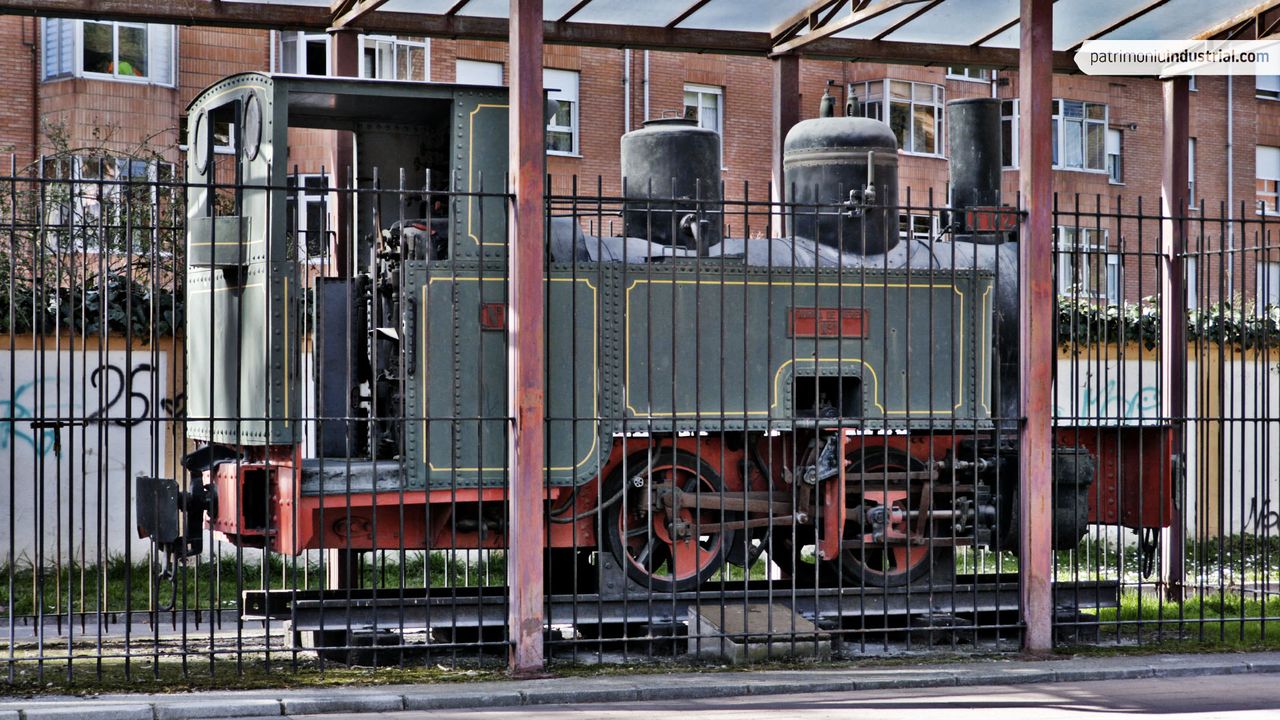
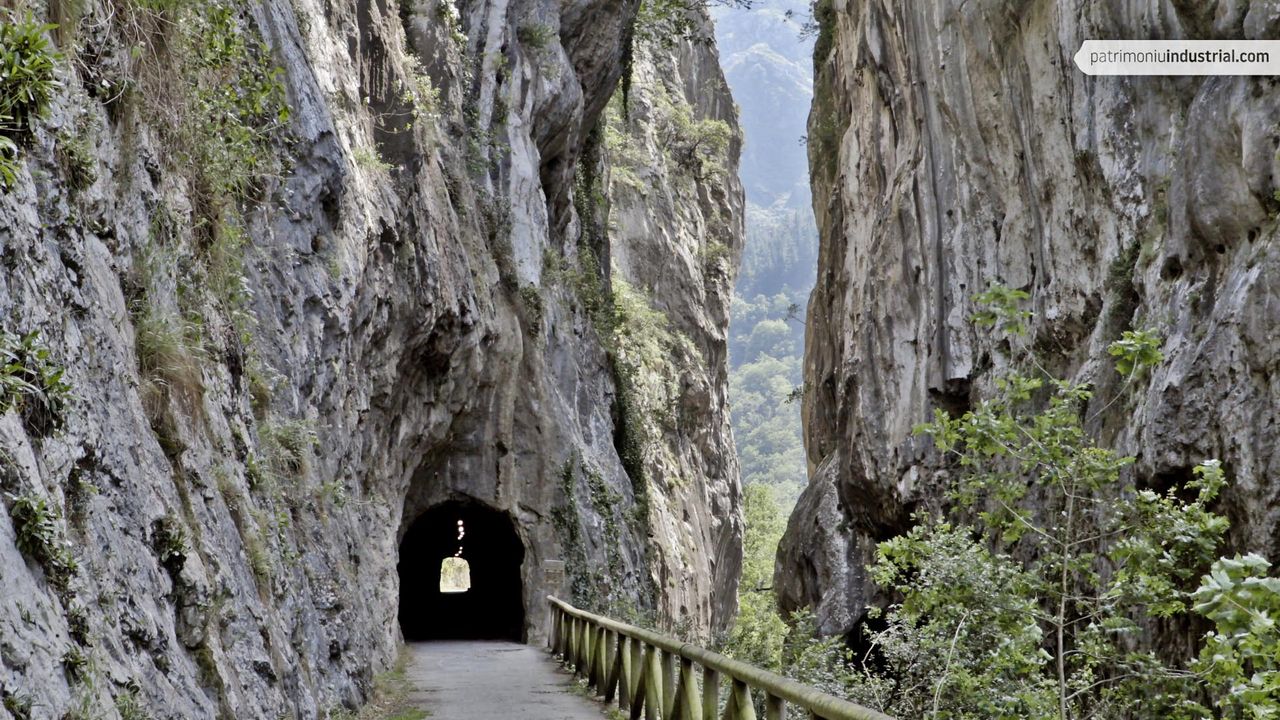
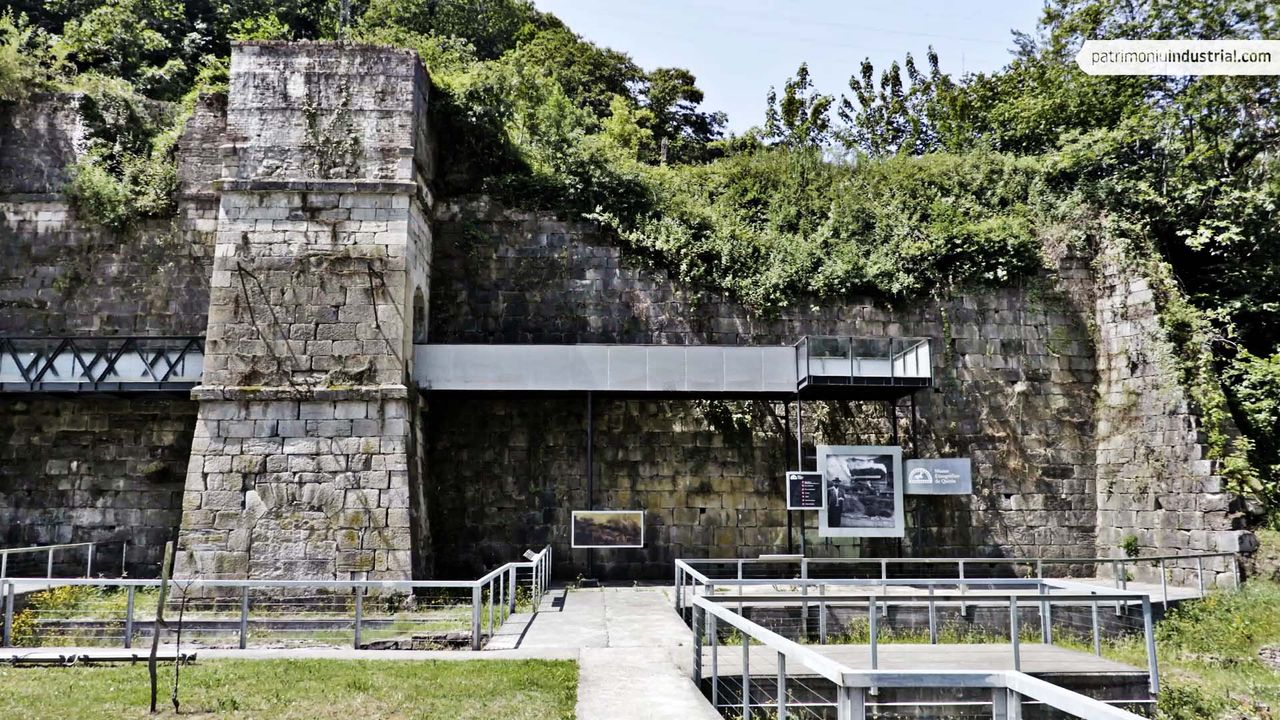
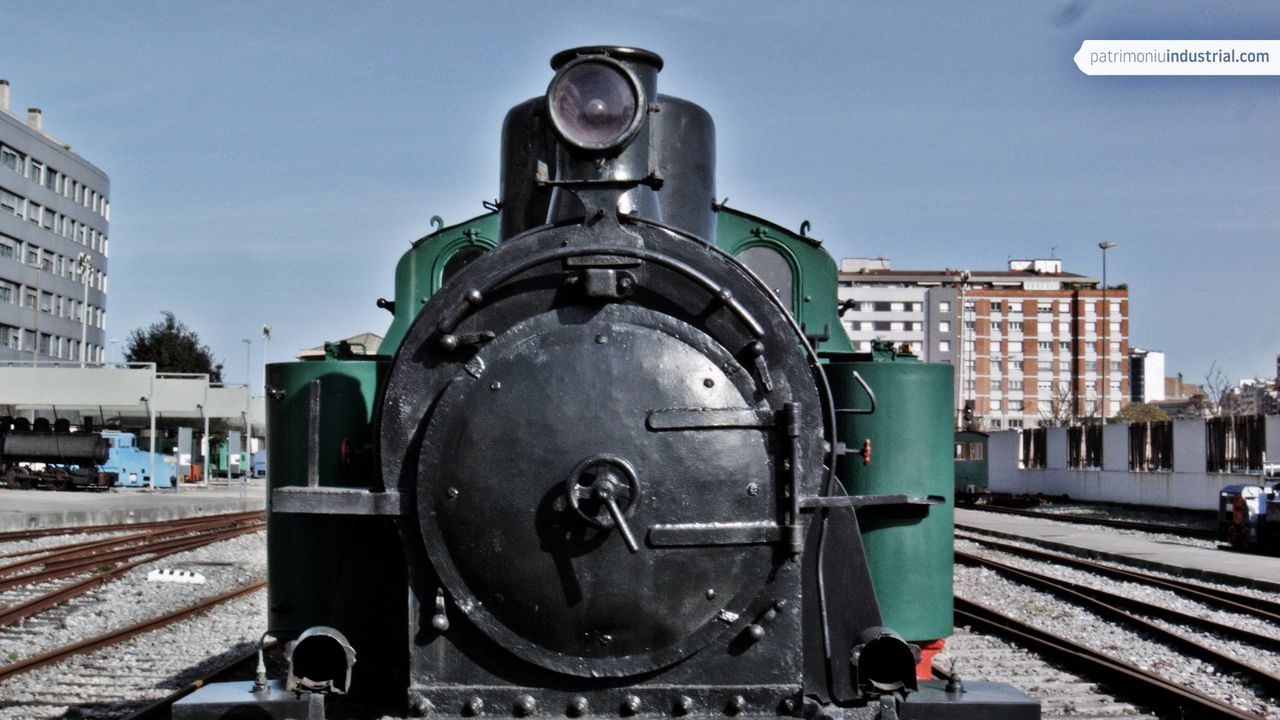
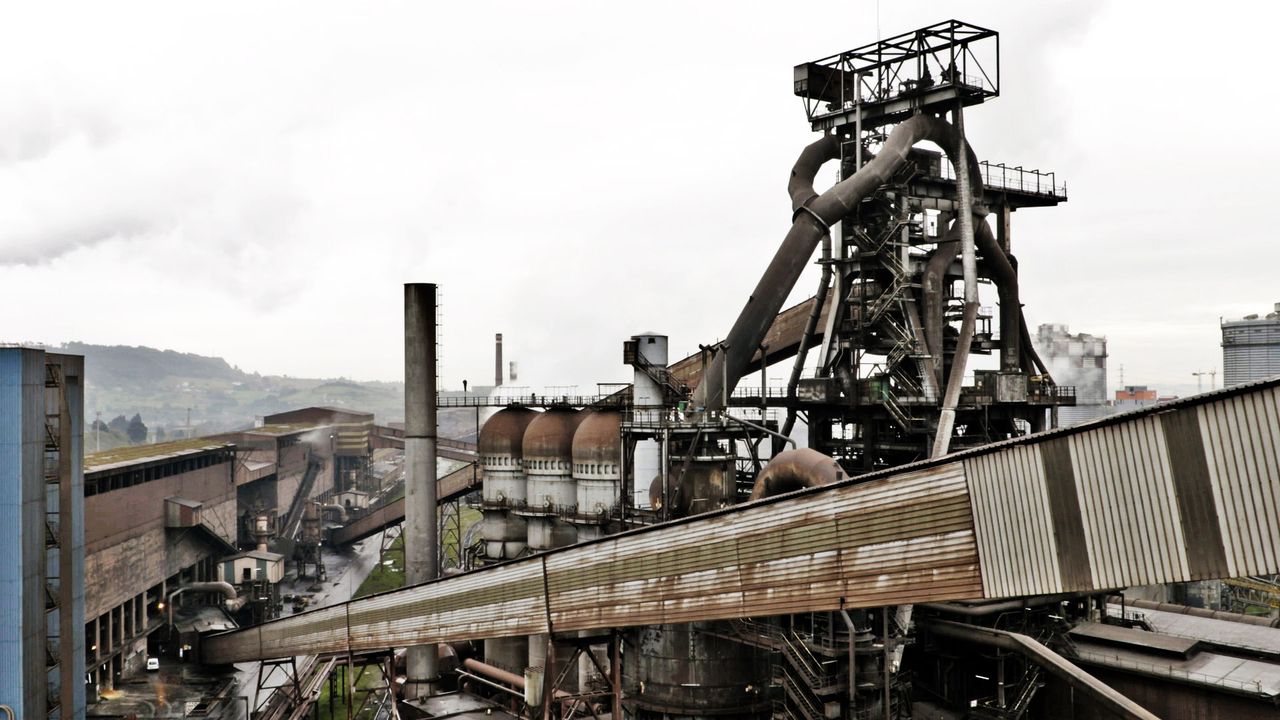
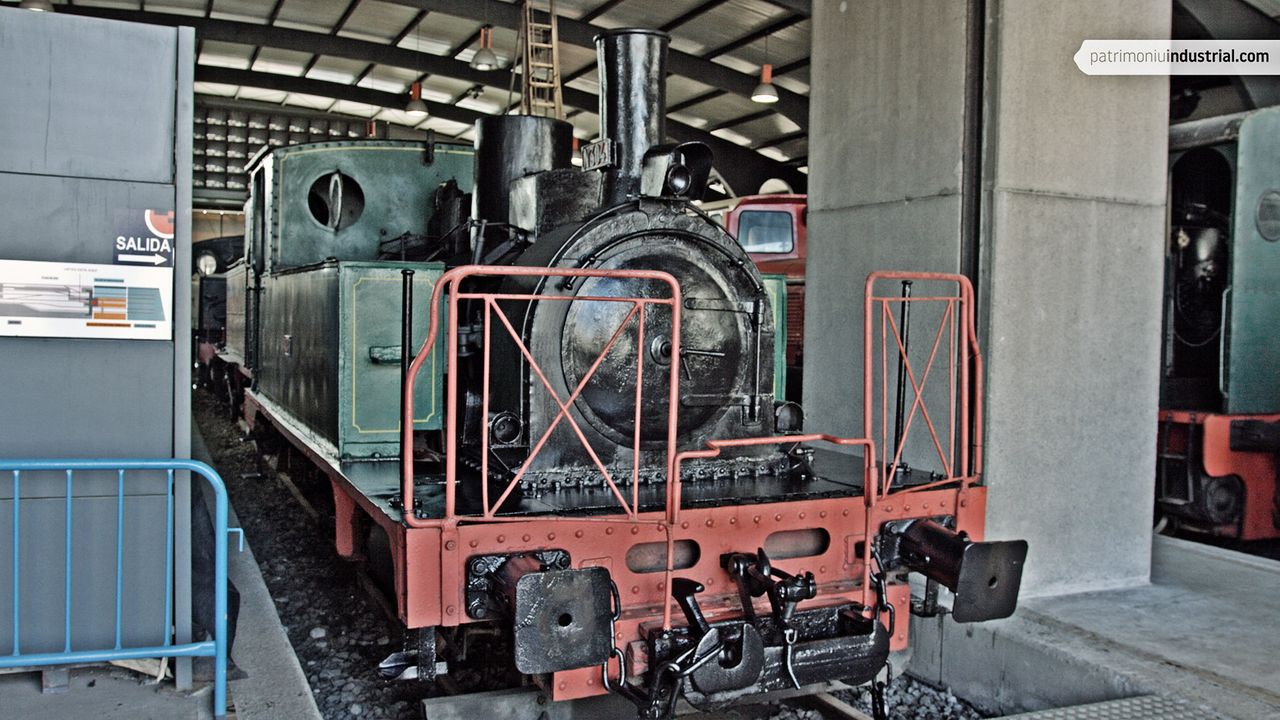
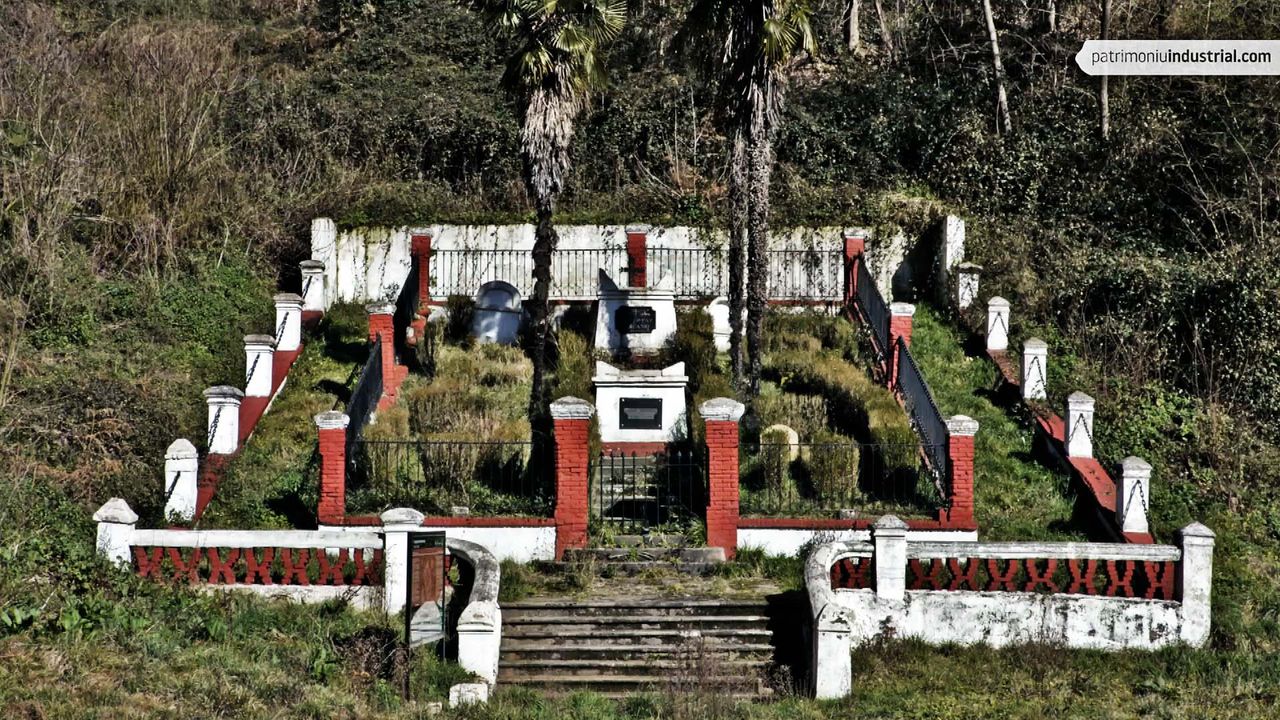
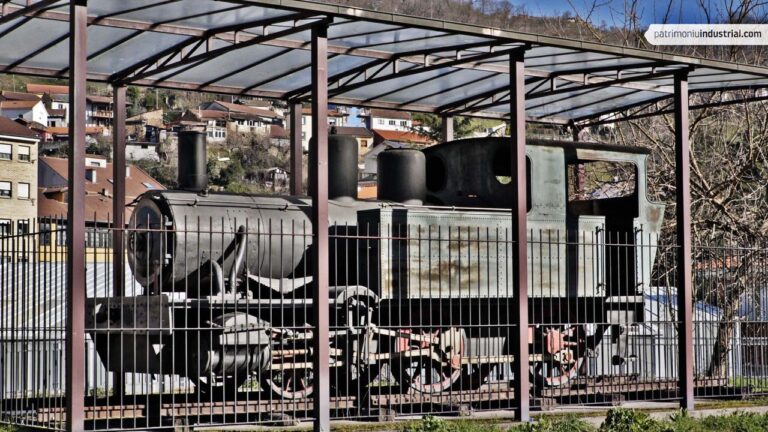
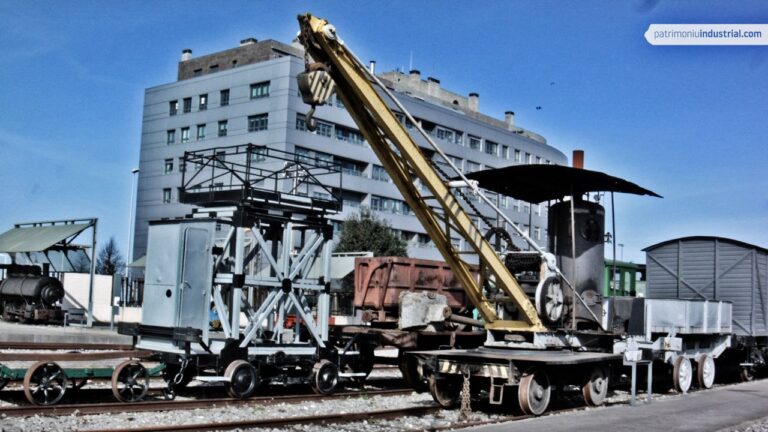
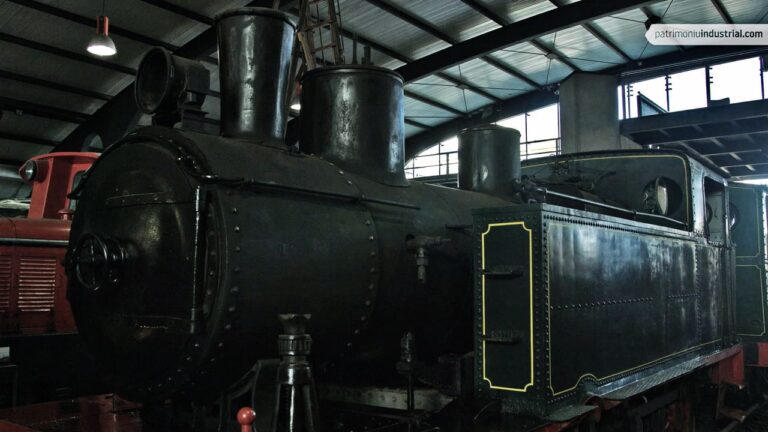

Recent Comments